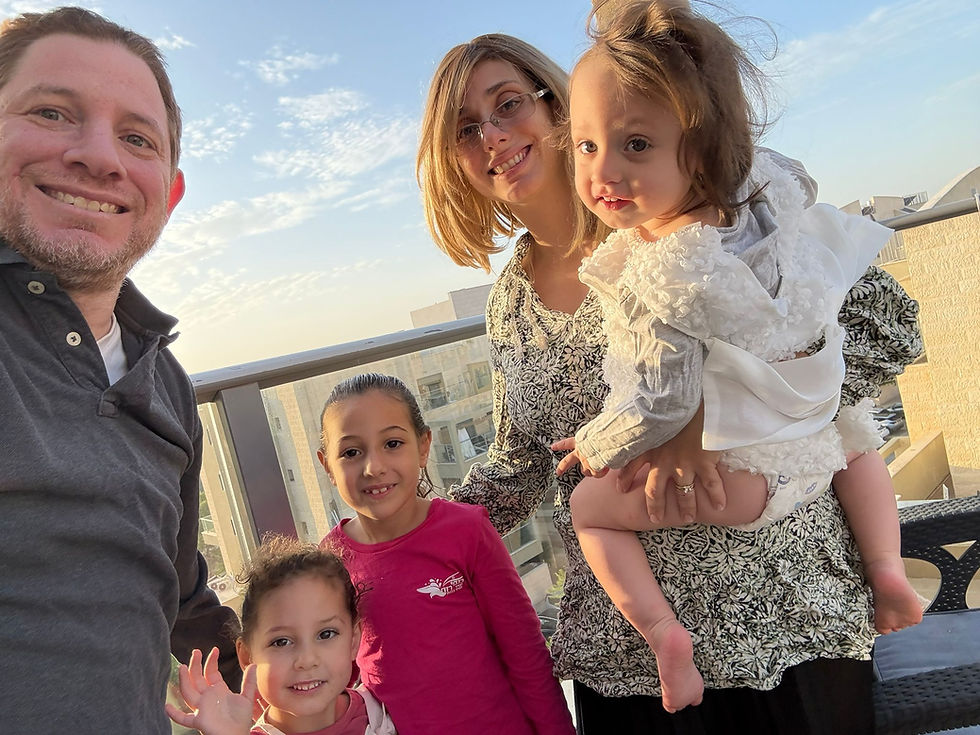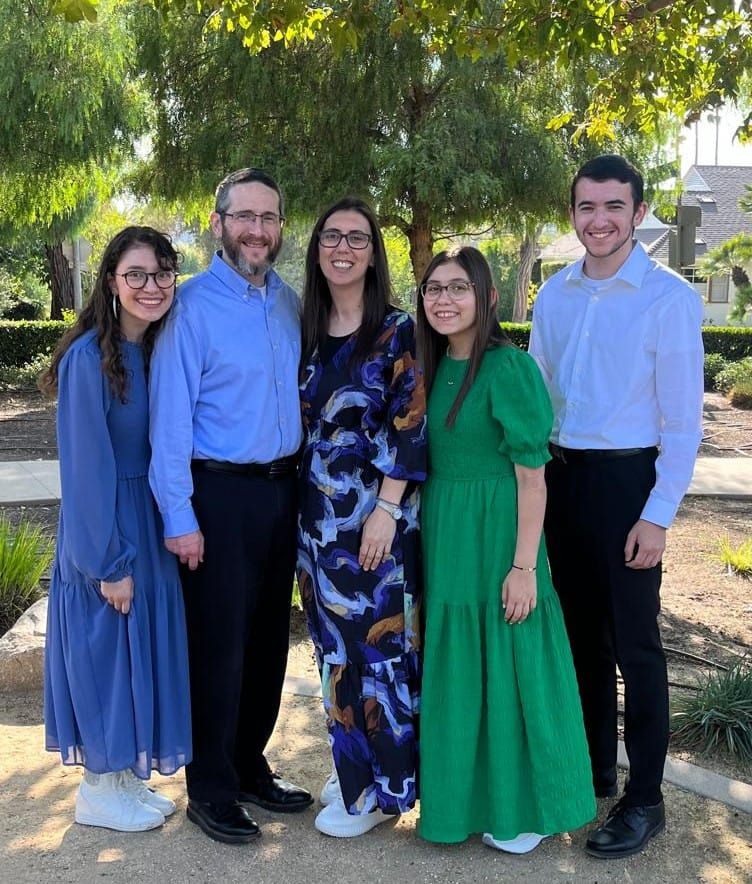Rabbi Sender Dolgin: Starting the International Shas Chabura Movement
- Tehilla Kanter
- Feb 1, 2023
- 4 min read
Updated: Feb 14, 2023
Rabbi Sender Dolgin was born and raised in Los Angeles, California. In 1963, at the age of 14, Rabbi Dolgin entered 11th grade at the Yeshiva. During his time at the Yeshiva, Rabbi Dolgin learned under Rabbi Trachtman (11th grade) and Rav Yaakov Perlow, the Novominsker Rebbe (12th grade). In 1965, he graduated from the Yeshiva, joining the Novominsker Rebbe’s program, Emes Chabura, where post high-school boys were offered the chance to learn full-time and defer college to immerse themselves in Torah learning. After the Emes program, Rabbi Dolgin attended what was then The Jewish University of America (now HTC) for two years, where he had Rabbi Prero, Rav Herzel Kaplan, Rav Zelig Starr, Rav Mordechai Rogoff, and Rav Aaron Soloveitchik. In 1969, after attending Roosevelt University for two years, Rabbi Dolgin completed his bachelor’s degree before heading off to learn in Eretz Yisrael.
Between his years as a bachur in Itri Yeshiva, meeting and marrying his wife in Israel, joining the Kollel for ten years, and teaching in Neve Zion, Rabbi Dolgin spent a total of 18 years in Israel. Though he never thought he’d leave Eretz Yisrael, in 1987, he was advised by Rav Shmuel Wozner to go back to America with his six children. The Dolgin family moved to Lakewood. For five years, Rabbi Dolgin commuted to Cincinnati from Lakewood to help his father-in-law run his nursing homes, coming home to his family only on the weekends.
“I discovered something that was a turning point in my life,” said Rabbi Dolgin. “After a hard day’s work, I’d come home, go to the beis midrash and open a gemara and I just saw black lines. I was a very big masmid in Eretz Yisrael and, Baruch Hashem, I have a very average memory. I just had no system to retain what I was learning or to help me understand.” After trying Daf Yomi and lacking progress, Rabbi Dolgin felt defeated.
“Being away from home and my family all week was difficult. I would learn with my kids when I came home but I felt miserable because in Eretz Yisrael, the years I was in Kollel and teaching, I felt like I was in avodas hakodesh and here I wasn’t.”
Rabbi Dolgin spent five years working in nursing homes before the homes were sold, leaving him looking for parnassah. “I davened to the Ribono Shel Olam. I said, ‘You have to get me out of this hole so I can learn Torah.’ I figured if I was in business, I should know some Choshen Mishpat. I joined the chabura in BMG and my chavrusa told me that when he was in Eretz Yisrael, he saw this book about memory. The author, David Harris, had a photographic memory and he did research on long- term and short-term memory. He said that to remember something you should review it after an hour, a day, a week, a month, and three months. I took that idea and refined it. His interest was to remember the past, but chazara is not just to remember the past, but also to build on it.”
In 1997, Rabbi Dolgin developed the Shas Chabura program. The idea was that every day would be built on the day before and every week on the week before. The participant would learn today (day 1), review tomorrow (day 2), review a week later (day 9), review a month later (day 39), review three months later (day 129), and then review every subsequent year on the anniversary of the original learning, all while adding new learning each day.
“I don’t expect to understand the gemara the first time or the fifth time,” said Rabbi Dolgin, “rather each time more and more. Having a Rebbe to teach me every word in Shas was incredibly helpful, but for the people who don’t, the Ribono Shel Olam benched the world with ArtScroll. They have taught me every word in Shas. One time at an Agudah Convention, after the drasha I went to Rav Nosson Scherman, the general editor of ArtScroll, and I told him ArtScroll has leveled the playing field and taken away the excuses. Growing up, unless a person was a genius, the gemara was a closed book. Today, anyone who wants to become a talmid chacham and enjoy olam hazeh has the resources.”
Though it took him four and a half years to finish the first time, this year, for his father’s yahrtzeit on the 14th of Sivan, Rabbi Dolgin is making a Siyum HaShas for the 22nd year in a row. “Every day I feel like a first grader coming to class,” he said. “I learn every day not because I have to, but because there’s nothing in the world I’d rather do than sit with my Abaya and my Rava. The more Greek or Chinese, the greater the simcha. It totally transformed my life. People think I’m some sort of genius because I can answer a question in Shas, but I tell them, if I asked you your telephone number or your address, you could tell it to me easily. Not because you remember it. It’s just part of you.”
Rabbi Dolgin’s goal is to make the mastery of Shas realistic and attainable for people everywhere. “I’m so passionate because I know what life is like without a real ahavas haTorah. I look around at the many problems in the world and people who are depressed and unhappy. The key to having that simcha is talmud Torah. Anyone who is successful in the program will want their neighbors, friends, and relatives to do it and experience the simcha that he has."
For more information about Rabbi Dolgin and the Shas Chabura, please visit shaschabura.org




Comments